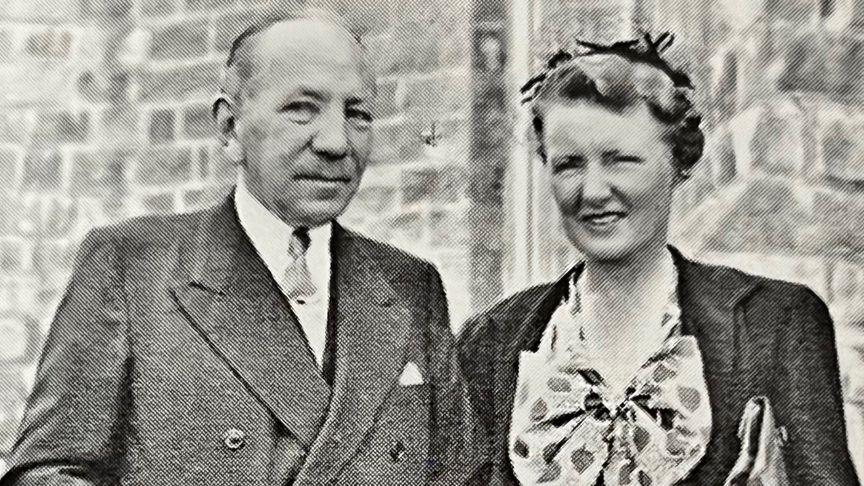He was a Harvard graduate who began his career at his father's cigar manufacturing company and worked his way up to become a wealthy investment banker. He was an environmentalist, chess patron, art collector, and, as a philanthropist, donated 1,800 acres of pristine land that we now enjoy as the Maurice Wertheim National Wildlife Refuge in Shirley.
The refuge now protects 2,550 acres bisected by Carmans River, a New York state-designated scenic river and one of the largest on Long Island. Visitors can see practically every wildlife species native to the region, including bald eagles, which have been nesting there for the last few years. They can walk among a variety of habitats such as oak-pine woodlands, grasslands, and fresh, brackish and saltwater wetlands where waterfowl, white-tailed deer, osprey, muskrats, fox, turtles, frogs, and fish call home. An avid hunter, Wertheim acquired the land, stretching from Montauk Highway all the way to Bellport Bay, from the failed Tangiers Land Trust in 1938. He and his wife, Cecile, gifted the preserve in 1947 to "the American people."
The benefactor was educated at the Sachs School in New York and earned a B. A from Harvard in 1906 and an M.A. in 1907. He would inherit nearly half a million dollars from his father and in 1915, entered into a career as an investment banker in New York. He founded Wertheim & Company in 1927, developing a business in mergers and acquisitions and becoming wealthy in the process. During World War II, he served as a dollar-a-year man on the War Production Board in the administration of President Franklin D. Roosevelt.
Wertheim served on a number of boards and as a trustee for various organizations. He was a trustee of the Federation of Jewish Philanthropies of New York and Mount Sinai Hospital, and owned the influential journal, The Nation. He served as president of the American Jewish Committee in 1941–1943. Wertheim was an amateur chess player and a vigorous patron of the game. He was also president of the Manhattan Chess Club, which he assisted financially, and took an avid interest in playing correspondence chess. He financed the 1941 U.S. Chess Championship match between the U.S. champion Samuel Reshevsky and international master I.A. Horowitz, won by Reshevsky. He financed America's participation in the USA vs. USSR radio chess match in 1945, covering travel, site, and broadcasting costs while also competing. Wertheim posed the idea for the 1946 chess match between the United States and the Soviet Union in Moscow and persuaded the State Department that it could help thaw the Cold War.
 |
| Maurice and Cecile Wertheim File Photo |
With information from "A Who's Who of Tri-Hamlet History," presented by the Mastic Peninsula Historical Society made possible through a grant from Legislator James Mazzarella.
